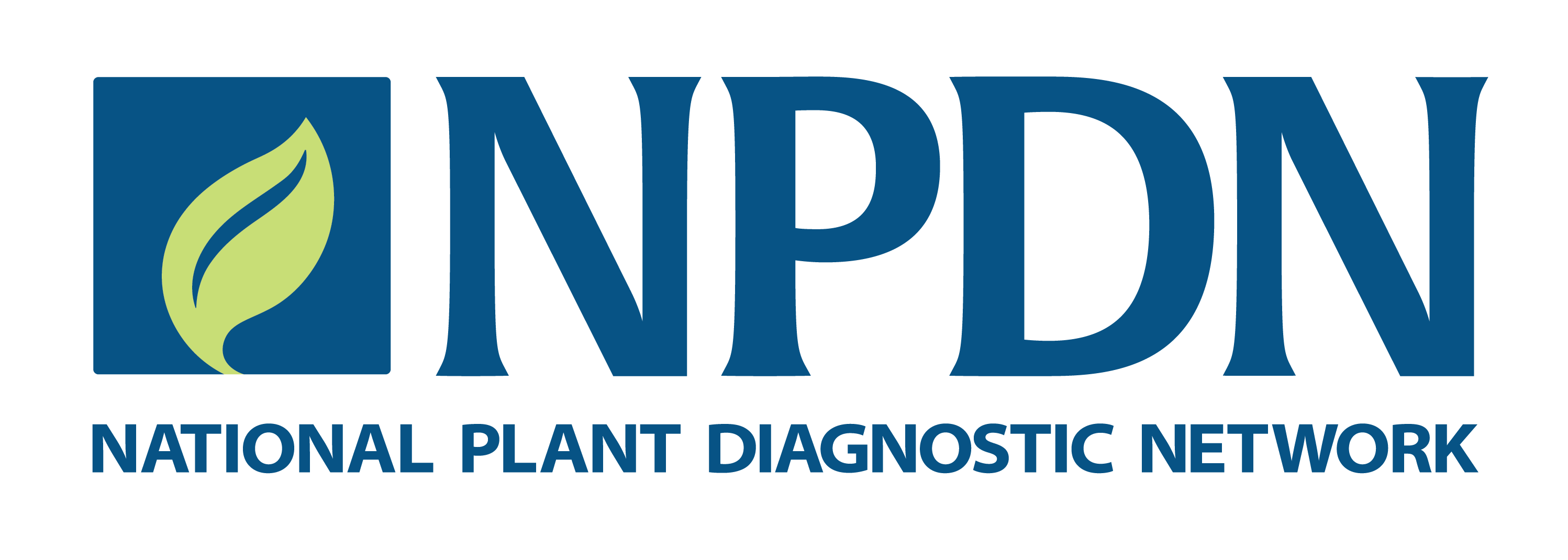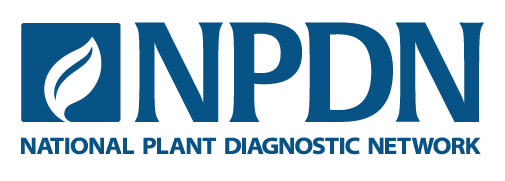The Communicator: Volume 6, Issue 1, January 2025
Clarifying Document Repository vs. Version Control
This month's Accreditation Corner will briefly clarify the difference between a document repository and document revisions (and version control), since several questions have come up recently.
Your document repository is where you choose to store your documents. This can be on a shared drive (such as OneDrive, Google Drive, Box, etc.), External hard drive, lab computer, desk drawer, etc. The requirement of the Core Standard in terms of the repository you use is that the documents necessary for staff to perform their work must be readily available to them (Section 1.3.3). This means that they must be accessible to employees. NPDN does not store your documents. Even when you apply for Core Accreditation, the documents you upload are used to assess your Quality Management System at that point in time, and it is understood that the documents are working documents subject to your document control system. They are not referenced later for assessment purposes. If a current document is desired at any time by NPDN, they would have to ask you to send or upload your current document (for instance, in the annual self-assessment).
Key points: your repository is where you choose to store your documents and NPDN does not store, keep, or maintain your documents.
Your document version control is based on your document control system which dictates how you create, review, approve, revise, issue, amend, and how revisions are retained or archived, and discarded (Section 1.3.4). Particularly, your document control system describes how you revise your documents and how those revisions are retained or archived and discarded. Ultimately, you must have a system for how to make changes to your documents and issue new version numbers. Amendments and revisions to documents should be identified clearly in either (1) the revision history on the document, or (2) the master document list. Amendments and revisions must be reviewed and approved by authorized, qualified staff (Section 1.3.6). When you make a change to a document, or a revision, you must add those changes to the document revision history or the master document list and change the version of the document. The version must be changed wherever it is written/referenced: document file name, document header, revision history, master document list, etc. The previous version of the document must be archived to reference as needed.
Why would I need to reference old versions of a document?
There are many reasons why you might reference or check an old version of a document. Tasks, including diagnostic testing, may have been completed under old versions of documents, and, thus, it is important to be able to reference the particular version of the protocol to know exactly what was done. For instance, you may be screening for fire blight in apple trees across several summers using molecular assays. You notice that there is a discrepancy in the background plant DNA, there seems to be some samples that have significantly higher plant DNA concentration. You take a look at the protocol and recognize in the revision history that an additional lysis step was added to the protocol that aligns with when extractions resulted in higher plant DNA concentration. Therefore, two different versions of the protocol were used throughout the screening and may be relevant when analyzing and interpreting results or, in other cases, reporting diagnoses.
Key points: Document version control refers to the revision of your documents and the assignment of a new version number following your document control system procedures. This is when you revise your document, update your revision history or master document list with the changes, and change the version number (for instance, from 1.2 to 1.3 or from 2.0 to 3.0).

